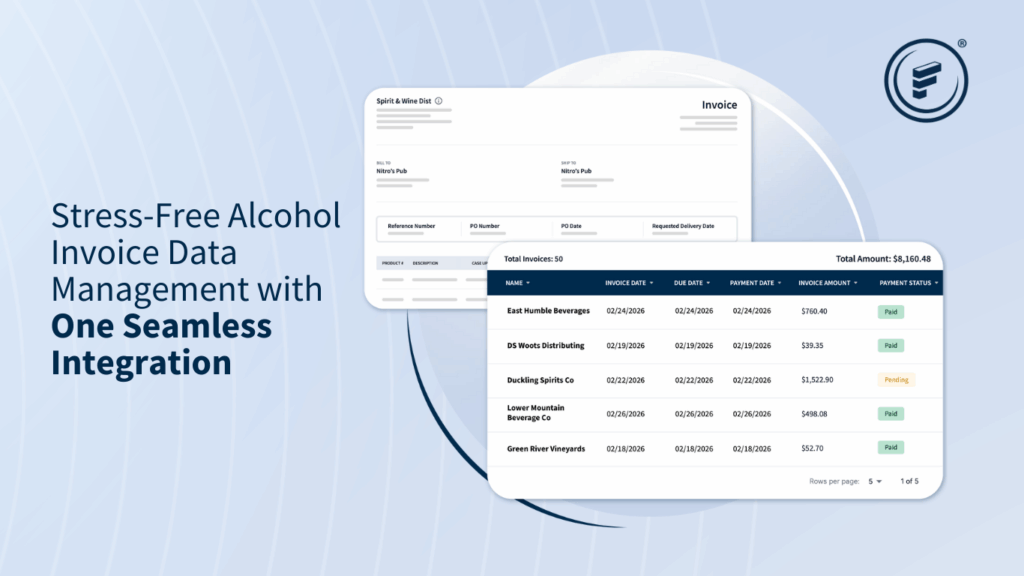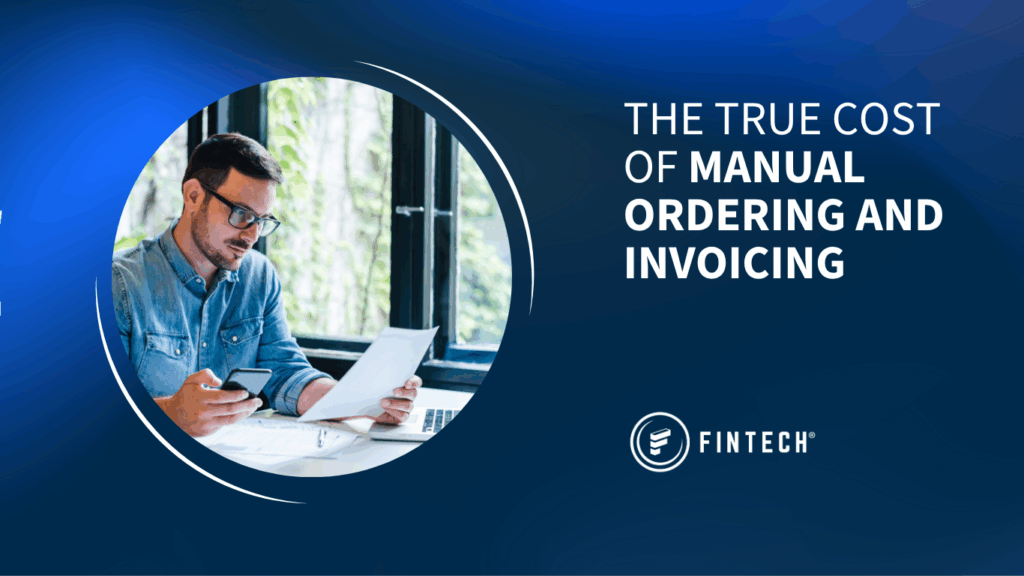Every business collects, stores, and analyzes data. Our customers receive many invoices daily, each containing vital data that informs accurate inventory counts and purchasing decisions to maintain margins. Businesses use tools like accounting or back-office systems to keep track of the constant influx of invoice data, but that data needs to be organized to maintain optimal efficiency. This is where data normalization can help.
Data normalization is the process of organizing, or ‘cleaning,’ data so that it is easier to work with and store. This organization helps all invoice data appear similar across all records. By eliminating unstructured data and duplicates, businesses have a standardized database of purchases and inventory, which is particularly helpful for businesses with multiple locations.
How Does Data Normalization Work?
From a high-level perspective and relative to invoices, data normalization is done by taking each line-item entry on an invoice and standardizing it based on preset naming conventions. For example, there may be several ways a product name is listed across vendors. Normalizing the data involves renaming that same product to one uniform description in your own database. This way, you can easily find any related field faster when searching by that name.
You can automate the data normalization process by implementing an electronic data interchange (EDI) integration into your back-office or accounting system. Not only does an EDI implementation speed up the process of data entry, but it also removes errors from manually inputting line-item data, such as an incorrect dollar amount or misplaced decimal. Fintech offers EDI integration into many back-office or accounting systems, helping both on- and off-prem businesses become more efficient in invoice data management.
Benefits of Data Normalization
Improved Decision-Making
Accurate data enables businesses to make informed purchasing decisions, improve margins, and track spending.
Increased Operational Efficiency
Data normalization provides clearer visibility into accurate inventory counts and costs, preventing shortages and pricing fluctuations that can affect margins.
Saves on Costs and Resources
Better-maintained data ultimately saves time and money by reducing the potential risks of unorganized data. By continuously normalizing invoice data, businesses can avoid costly IT maintenance involving fixing errors in data sets.
More Reliance on Data Insights
If businesses can trust the accuracy of their data, they are more inclined to use the provided insights to steer decision-making. Data is an important asset when used properly, and data normalization is another step closer to unlocking its full potential.
Allow PaymentSource® Premium to Help Improve Your Invoice Data Management
Fintech has expanded its accounts payable automation capabilities to include all business invoices with PaymentSource Premium. We can set up a Fintech-vendor integration that allows all your vendors and supply chain partners to send your invoices directly to us. This means you have one integration across all your vendors, simplifying invoice data intake. Our EDI capability supports faster and more accurate entry for better data management practices via normalization.
You can learn more about Premium and what it can do for your business here.






